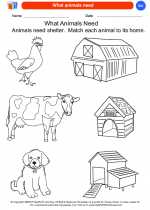Survival in Kindergarten Science
In kindergarten science, the concept of survival is introduced to help young students understand the basic needs of living things and how they adapt to their environment. This topic provides an opportunity for students to explore the different ways animals and plants survive and thrive in their habitats. By learning about survival, students can gain a deeper appreciation for the natural world and the ways in which living organisms adapt to their surroundings.
Study Guide
1. What does it mean to survive?
Survival refers to the ability of an organism to continue living and thriving in its environment. It involves meeting the basic needs such as food, water, shelter, and reproduction.
2. What are the basic needs of living things?
Living things require food, water, air, and shelter to survive. Students can explore the different ways in which animals and plants obtain these basic needs in various habitats.
3. How do animals adapt to their environment to survive?
Animals adapt to their environment in various ways, such as changing their physical characteristics, behaviors, or habits to better suit their surroundings. For example, animals may develop camouflage to blend in with their surroundings or migrate to warmer climates during winter.
4. How do plants survive in different environments?
Plants have unique adaptations to survive in different environments. Some plants have deep roots to access water underground, while others have thick waxy leaves to reduce water loss in hot and dry climates.
5. Why is it important to understand survival in the natural world?
Understanding survival in the natural world helps us appreciate the interconnectedness of living organisms and their environments. It also fosters empathy and respect for all living things and the delicate balance of ecosystems.
[Survive] Related Worksheets and Study Guides:
.◂Science Worksheets and Study Guides Kindergarten. All About Animals
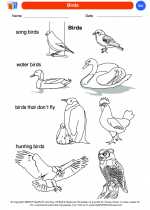
 Coloring Worksheet
Coloring Worksheet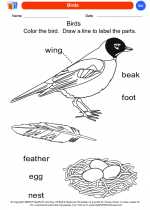
 Coloring Worksheet
Coloring Worksheet
 Coloring Worksheet
Coloring Worksheet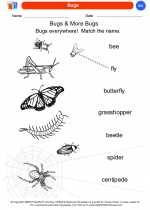
 Coloring Worksheet
Coloring Worksheet
 Coloring Worksheet
Coloring Worksheet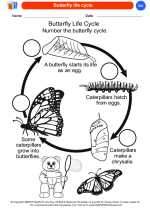
 Coloring Worksheet
Coloring Worksheet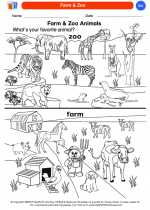
 Coloring Worksheet
Coloring Worksheet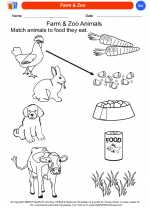
 Coloring Worksheet
Coloring Worksheet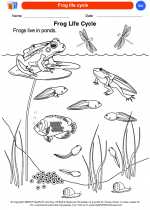
 Coloring Worksheet
Coloring Worksheet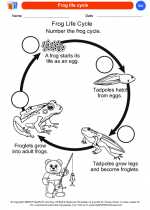
 Coloring Worksheet
Coloring Worksheet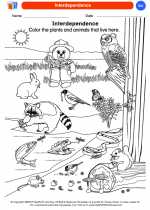
 Coloring Worksheet
Coloring Worksheet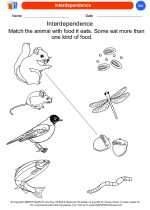
 Coloring Worksheet
Coloring Worksheet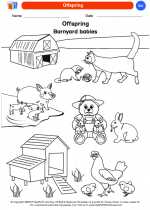
 Coloring Worksheet
Coloring Worksheet
 Coloring Worksheet
Coloring Worksheet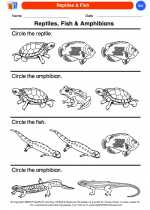
 Coloring Worksheet
Coloring Worksheet
 Coloring Worksheet
Coloring Worksheet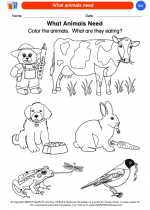
 Coloring Worksheet
Coloring Worksheet